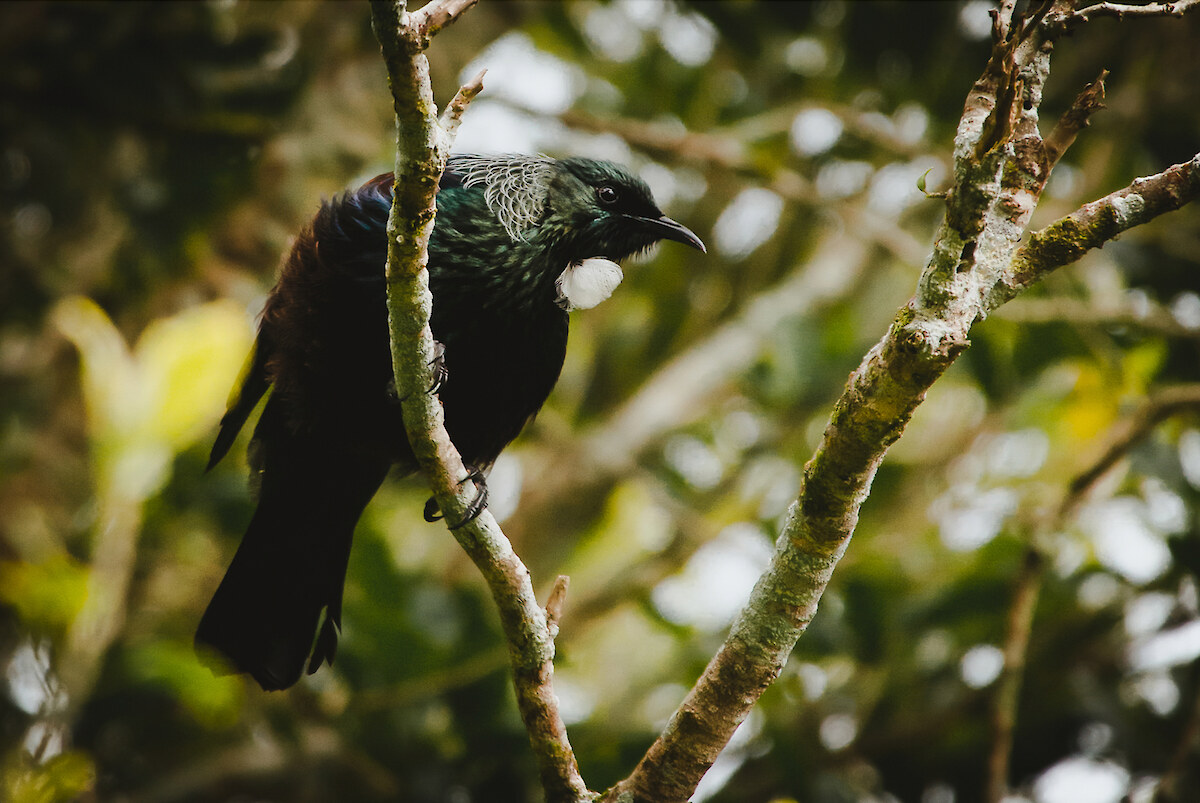Collective action to eradicate rats and mustelids from a large, peopled landscape: A social-ecological approach
Dr Julie Whitburn and Dr Danielle Shanahan from Zealandia Te Māra a Tāne researched and wrote this report. They worked with us and the Biological Heritage National Science Challenge.

Our project on the Miramar Peninsula had two equally important parts – technical and community engagement.
Our technical plan was a ‘remove and protect’ model, moving through the project phase by phase. We also worked with the community: sharing our project, engaging with local groups and connecting with residents.
This study explored:
- What could be learned from our project, in terms of social and ecological impacts
- The evidence of social and ecological outcomes resulting from the project
Evidence for key ecological outcomes:
- Introduced species are on the decline – Miramar now has zero Norway rats and mustelids*
- Native species are increasing – native birds previously rare on the Peninsula have been observed in recent years. This includes kārearea New Zealand falcon, kākāriki, kākā and ruru.
Evidence for key social outcomes:
- People who participated in trapping were more likely to report lower levels of depression, anxiety and stress and stronger feelings of social cohesion than those not involved.
- Support for predator eradication in Wellington increased between 2017 and 2021.
- Our project placed traps and bait stations equitably across the Peninsula; it wasn’t confined to certain neighbourhoods. Everyone, regardless of socio-economic status, could participate in our project.
This infographic summarises these findings and you can read the full report here.






*This was in 2022. Ship rats were also removed from the Peninsula in November 2023. Possums were removed in the early 2000s.
